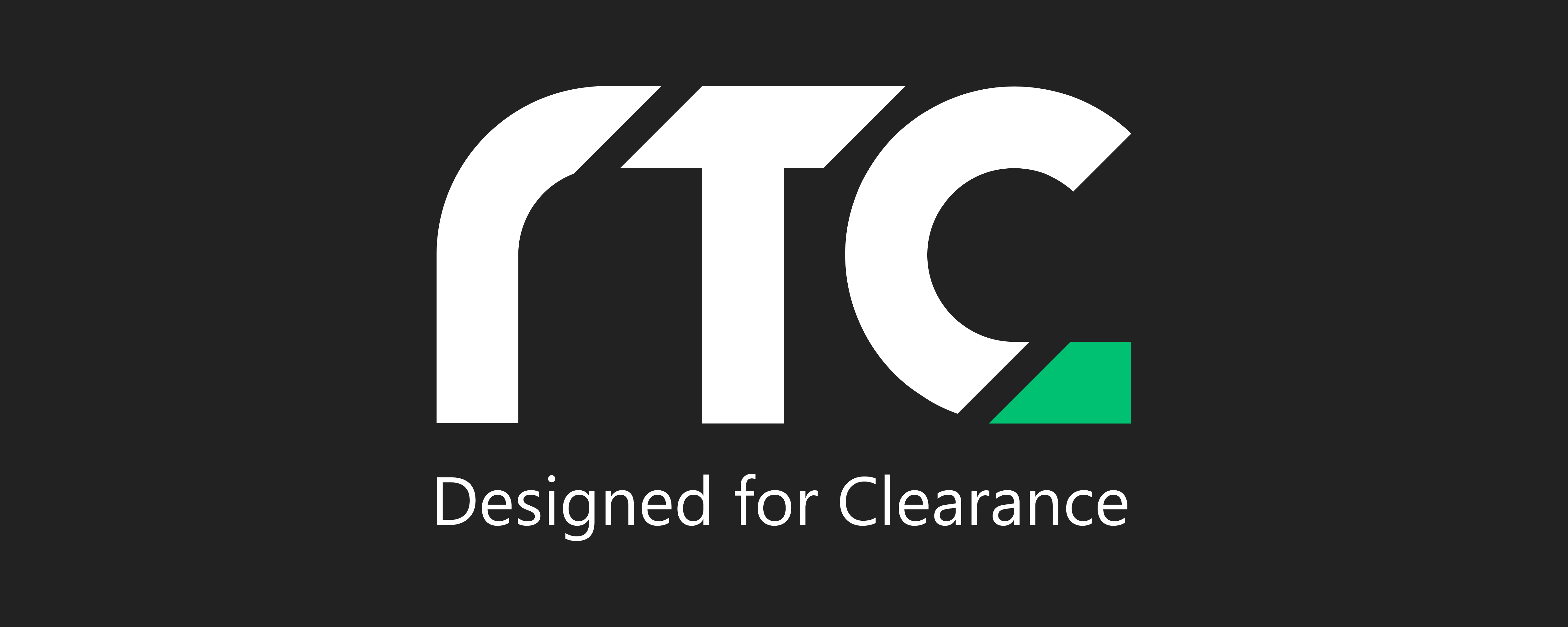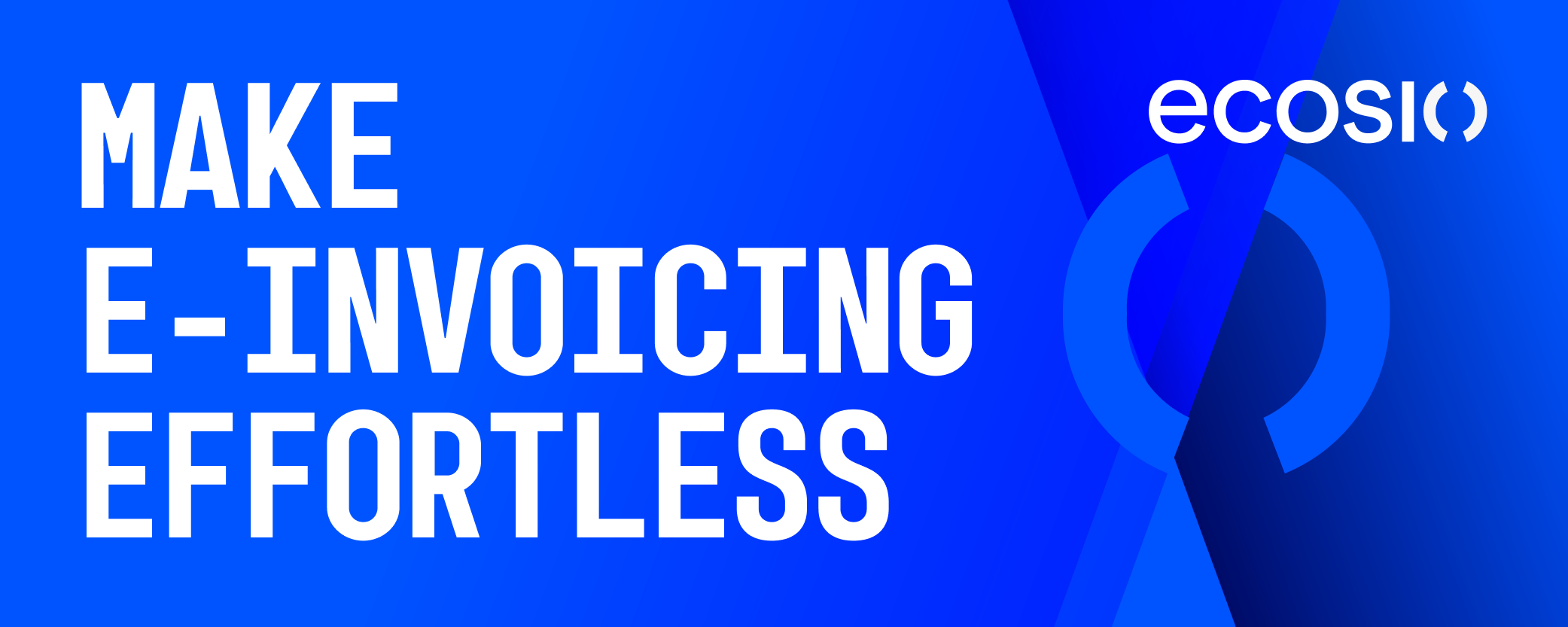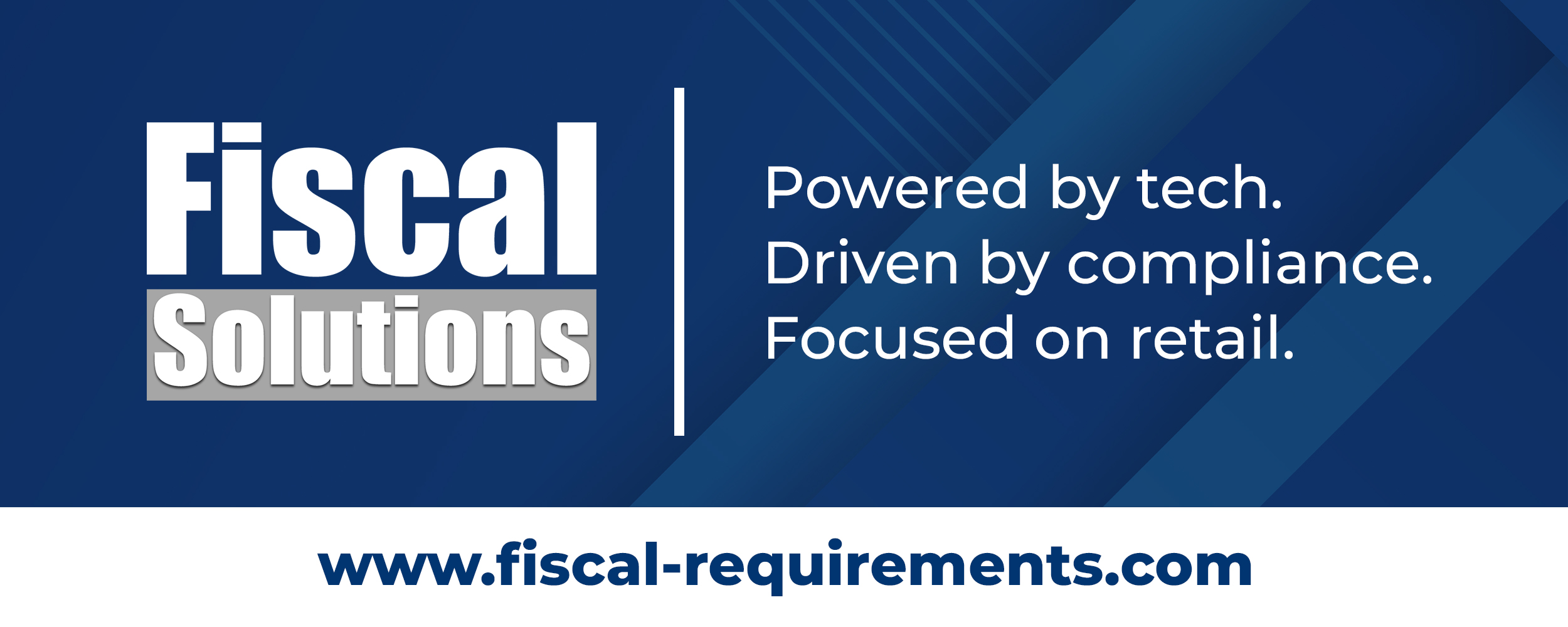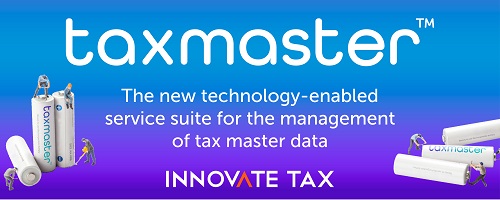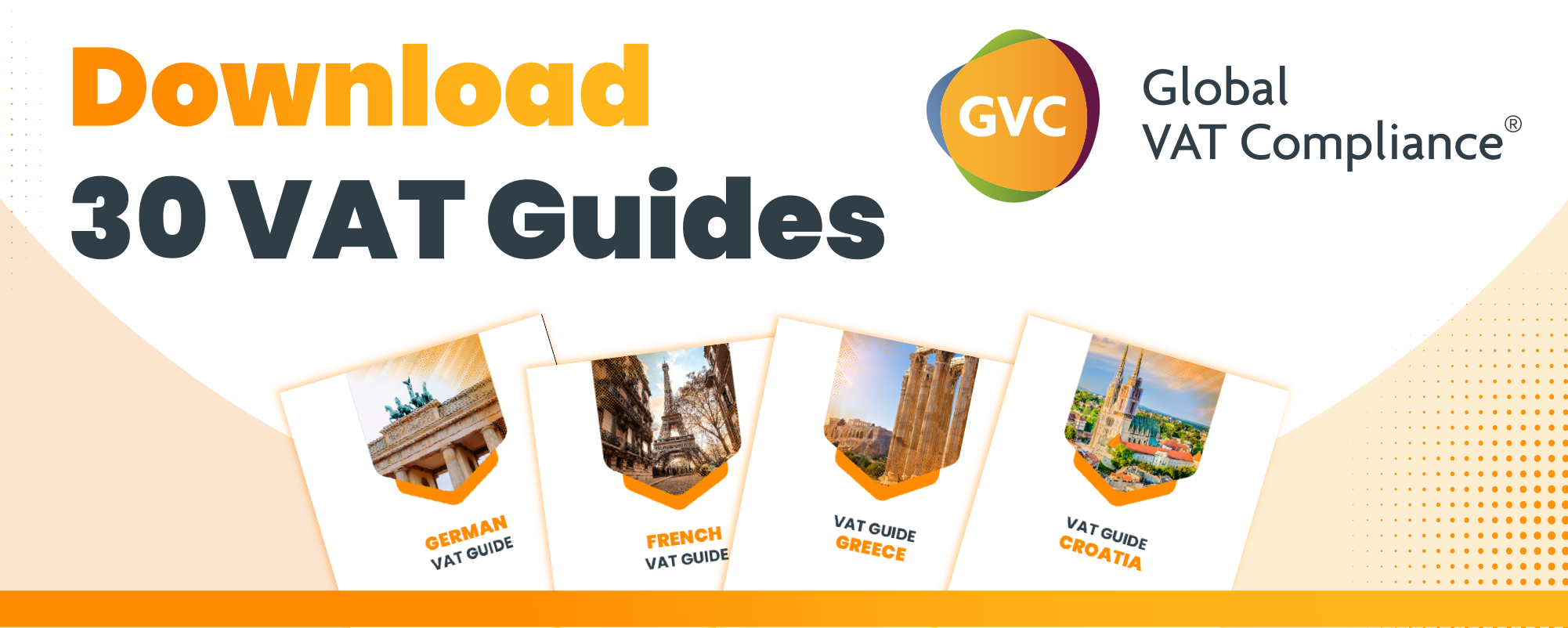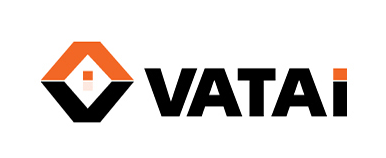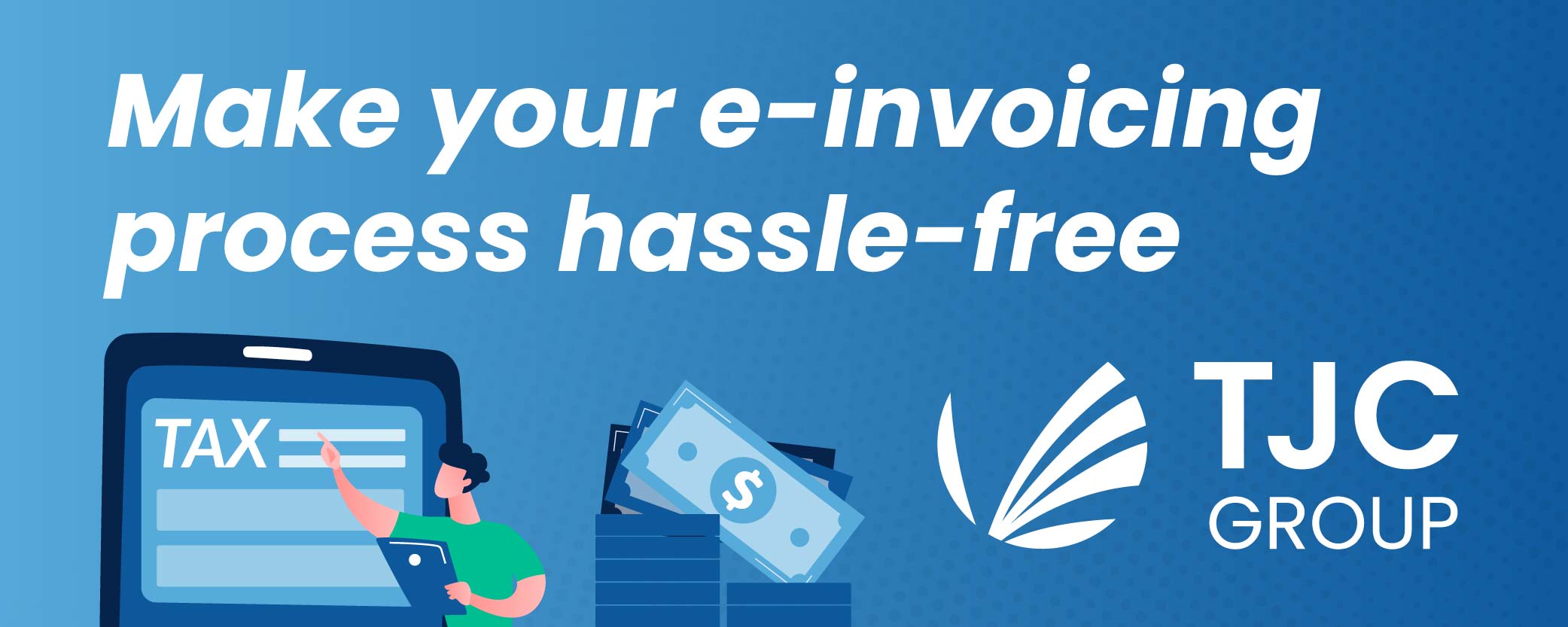- VAT is a consumption tax applied at each stage of production or distribution.
- It differs from U.S. sales tax, which is only applied at the final sale.
- VAT is widespread, used in 175 countries, and is a standard in the EU.
- VAT is collected incrementally throughout the supply chain.
- Businesses collect VAT from buyers and remit tax on the value they added.
- The tax burden is ultimately borne by the end consumer.
- VAT rates vary across European countries.
Source: eaccny.com
Note that this post was (partially) written with the help of AI. It is always useful to review the original source material, and where needed to obtain (local) advice from a specialist.
Latest Posts in "Europe"
- Implementing e-Invoicing & SAF-T Mandates in CSE Countries: Key Insights and Compliance Roadmap
- European VAT Handbook 2025-2026 by Zampa Partners
- Navigating e-Invoicing and SAF-T Mandates in CSE: Compliance Strategies for 2025 and Beyond
- 2026: The Year Mandatory E-Invoicing Sweeps Across Europe
- Upgraded EU-Ukraine trade agreement enters into force




